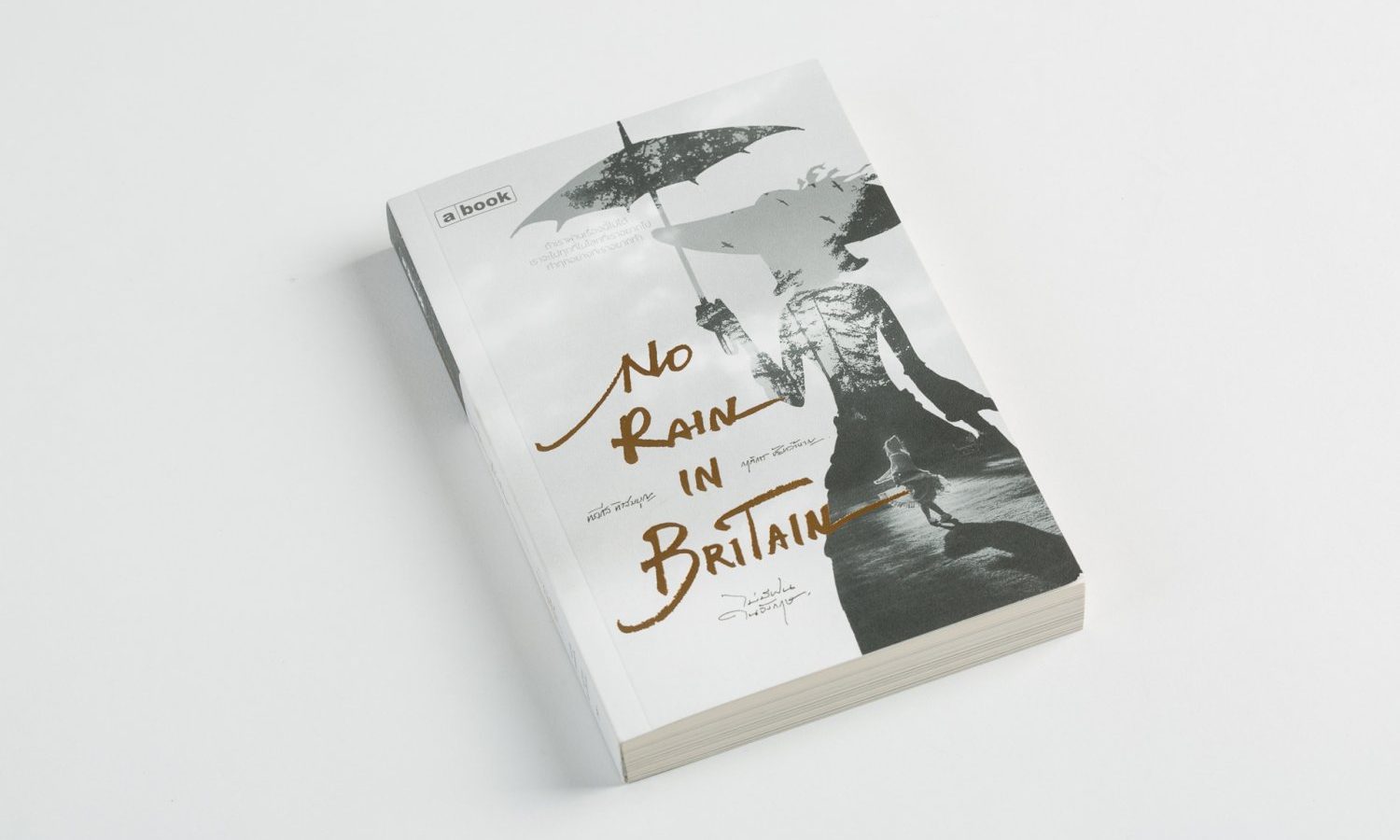

Why print books ?
Readers of print books absorb and remember more of the plot than readers of e-books do. Readers also understand more of the narrative.


Readers of print books absorb and remember more of the plot than readers of e-books do. Readers also understand more of the narrative.